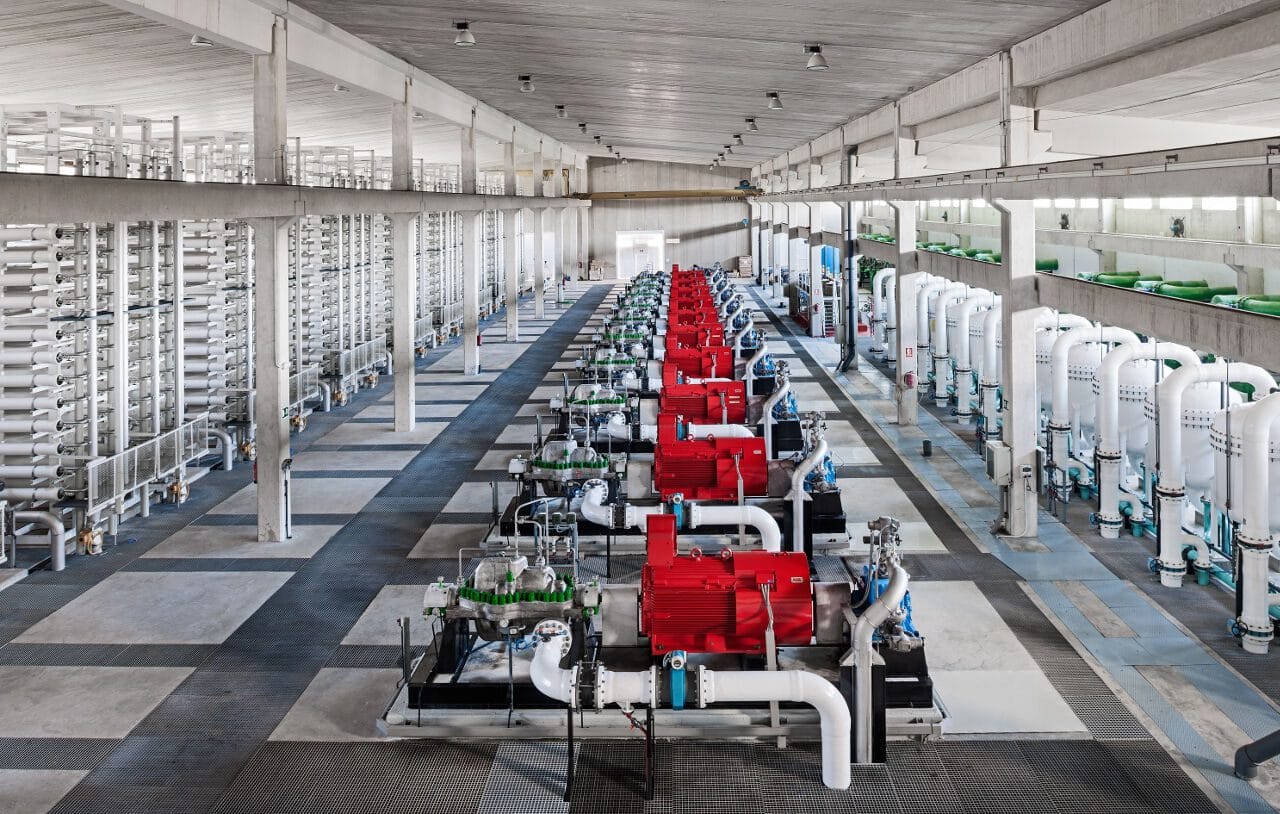The capacity of the plant, which should enter service very soon, is 275,000 cubic meters, 150,000 for food consumption and 125,000 for irrigation of the 13,600 hectares of plantations located near Agadir per day during the first phase, with the perspective that This capacity can reach 400,000 cubic meters of desalinated water per day in the long term. The Spanish company Abengoa will be responsible for the development, construction and maintenance of the plant for at least 27 years.
Pending the announcement of the official inauguration date of the new station, the Emirati media still informs us that a video clip recently broadcast on social networks documents the moment when Moroccan engineers and workers celebrated the success of the test of phase related to this enormous project. This project, with a total cost of 4,410 million Moroccan dirhams (approximately 493 million US dollars), is part of the objectives of the Moroccan plan for the diversification of sources of water supply and security, within the framework of the National Program of Drinking Water Supply and Irrigation 2020-2027.
The new station aims to provide drinking water to more than 6,600,000 people. The new plant, which extends over an area of 20 hectares, will also contribute to boosting agricultural activity in the agricultural areas of the Souss-Massa region and its capital, Agadir, in particular the Chtouka plain, supplying it with irrigation water, to make up for the deficit resulting from that recorded at the water table level, estimated at 90 million cubic meters per year.
The “Chtouka Ait Baha” region of the Souss-Massa region, which is one of the areas that will be covered by the new station's irrigation water supply program, is one of the most agricultural. of Morocco, because it alone produces 65% of Moroccan exports of vegetables and fruits, on an area of up to 15,000 hectares, which has required the search for new water resources to maintain the agricultural sector in the region.
In January 2020, Morocco launched a national program for the supply of drinking water and irrigation water 2020-2027, which aims to support and diversify water sources and develop water supply, in particular by building more dams. and the reuse of wastewater for irrigation, in addition to the exploration of groundwater and the installation of desalination plants.
The Kingdom currently has four seawater desalination stations in the cities of Laayoune, Boujdour, Tan-Tan and Sidi Ifni, to which the new stations in Agadir will soon be added (144 million cubic meters of water per year). and Al Hoceima (with a capacity of 6 million cubic meters of water per year), while other desalination plants must be completed in the cities of Casablanca (2027), Safi and Dakhla. There are also plans in the future to build a new plant in Dakhla and increase the capacity of the existing desalination plants in Laâyoun, Tan-Tan and Sidi Ifni.
The Moroccan government plans to install a seawater desalination plant with a capacity of 300 million cubic meters in the economic capital Casablanca by 2027, according to the country's national water supply development plan.
The executive will invest 9.5 billion dirhams in this project, and the station will be built in partnership between the public and private sectors.
Furthermore, by 2050, Morocco aims to reach a total capacity of 1 billion cubic meters of desalinated seawater and reuse up to 345 million cubic meters of wastewater per year (currently between 40 and 50 million cubic meters are reused).
Source: MaritimeNews






